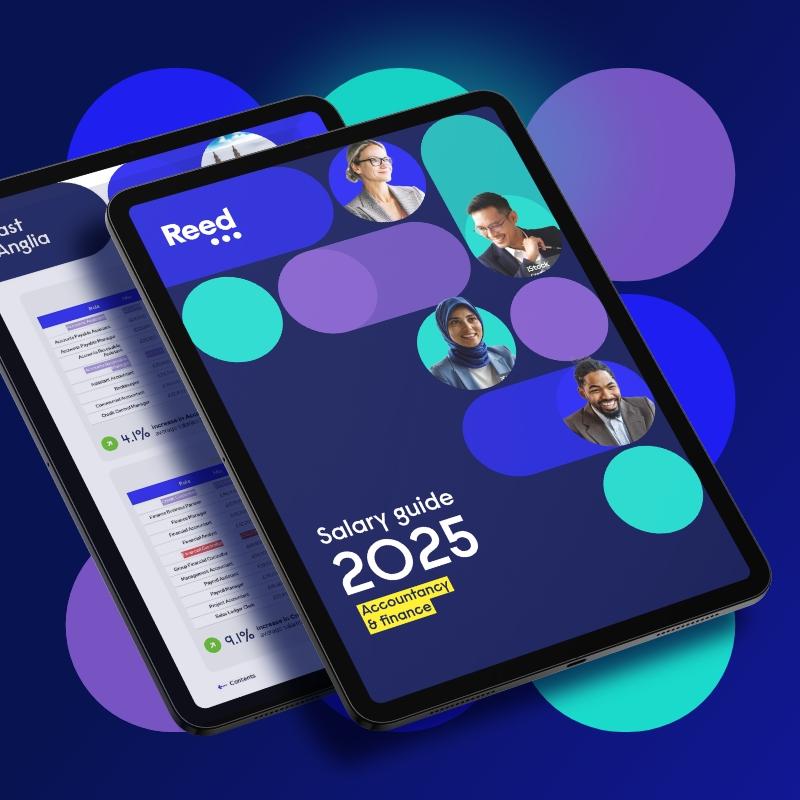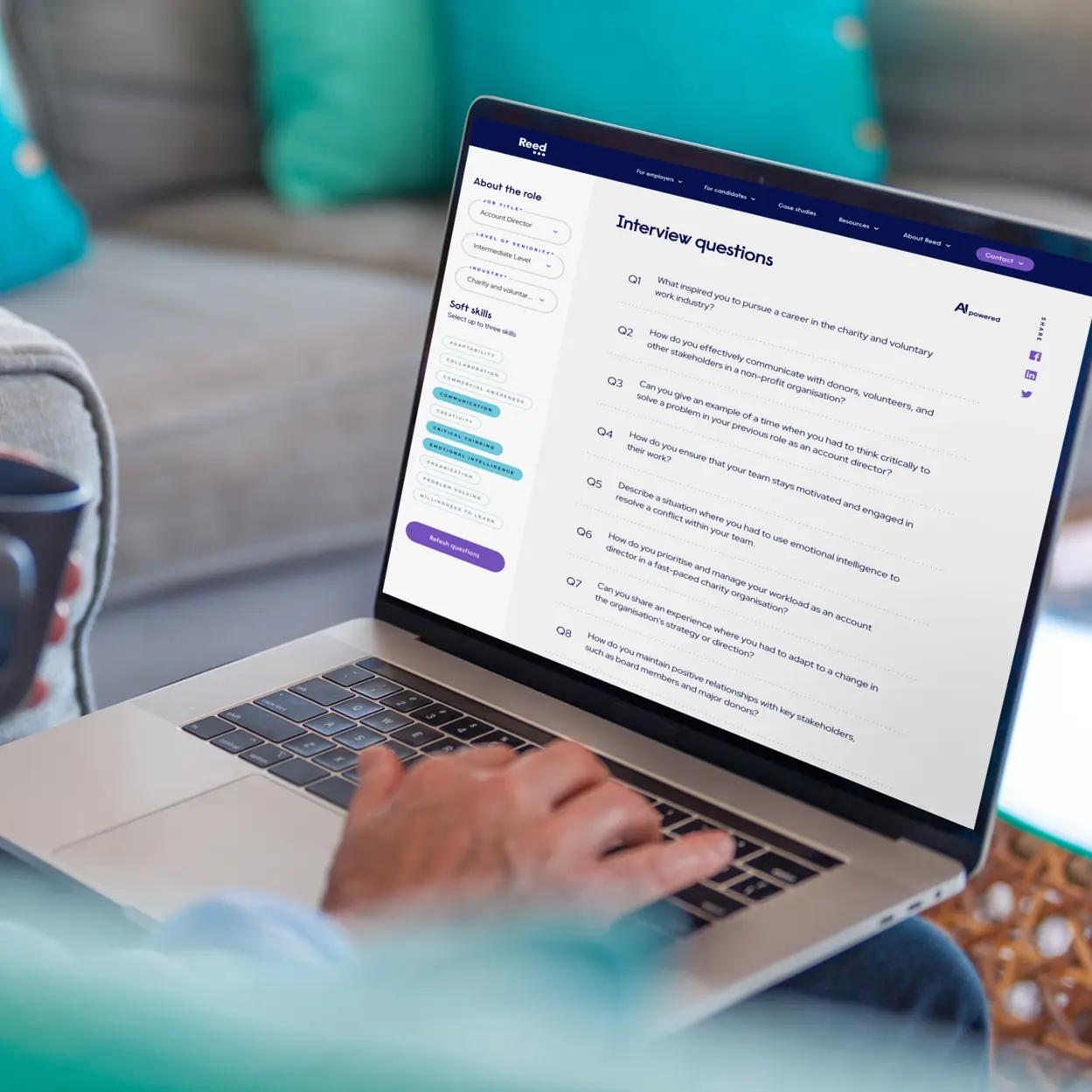For this #IndustryInsights report, we looked at one of the most important issues HR teams are facing today – how to advance gender equality in the workplace.
If you exclude 50% of the talent pool, it’s no wonder you find yourself in a war for talent.
With recent gender pay gap reporting, the topic of gender equality in the workplace has never been more relevant.
There is still much to be done. From changes at the recruitment stage to promoting women in leadership, here’s how and why every HR department can play its part.
1. Recruiting for gender equality
If women played an identical role to men in labour markets – e.g. equal labour force participation, number of hours worked and equal numbers in top-paying sectors and roles – it would contribute $28 trillion to the global economy.
In the UK, women make up just 14% of people working in STEM (science, technology, engineering and mathematics).
Jobs in STEM sectors will rise at double the rate of other occupations between now and 2023.
A Harvard study found 76% of men and women to be unconsciously gender-biased – raising questions about how such bias affects recruitment.
How to avoid gender bias when hiring
Consider the language of all job adverts and internal communications.
Anonymous recruiting can help remove implicit bias. Ask the person receiving CVs in the company to remove any names or gender-specific details before passing them on to management. When working with a recruitment company, brief them to remove such details from applications.
At the interview stage, ensure there is a diversity of opinions in the room. Get second and third opinions.
2. Women in leadership
In the UK, 33% of businesses have no women in senior management.
The most gender-diverse companies at executive level have been shown to be 22% more likely to outperform their national average than the least gender-diverse organisations.
The number of female CEOs on the Fortune 500 increased 50% between 2016 and 2017… but still represents just 6% of the list.
What should your business be doing to promote equality in the workplace?
Consider setting up a Women in Leadership scheme for your business to support potential leaders in the organisation.
Establish working groups within your company to ensure every voice has an outlet. A representative can report to senior management – creating a culture of open and honest communication.
Every employee should have access to a mentor or a mentoring scheme. A fulfilled and supported colleague will also be more productive.
Be transparent, collaborative and personal when it comes to career mapping. Sit down regularly with all employees to lay out career plans, training opportunities and general professional development. Focus on an approach that is tailored to the individual – never lose sight of the fact that each person is different, regardless of their gender. This collaborative approach ensures everyone of the same capability is getting the same information about their position and future in the company.
3. Flexible working
65% of mothers with children aged between three and four are in employment.
70% of workers feel that offering flexible working makes a job more attractive to them.
Shared Parental Leave is so far not proving effective at closing the gap between paternity and maternity leave – take-up levels are somewhere between 2% and 8%.
How can flexible working arrangements work for your company?
If the business cannot afford to increase maternity or paternity pay, look at an alternative package of benefits. A combination of flexible working, phased reintroductions to work or the opportunity to go part time, for example.
A tailored set of employee benefits will motivate and support a workforce. But with so many to choose from, you need to speak to colleagues directly (and individually) to find out which they would most prefer. Explore what could be done to offer more home-working opportunities (e.g. remote server access, company laptops).
4. Gender pay gap
ONS stats covering full-time and part-time roles state that women in the UK earn on average 18% less than men.
The figure excludes overtime and uses median earnings. For full-time workers, the gap is 9%.
Gender pay gap reporting has revealed that there is no sector that pays women more than men (going by median hourly rate).
If the gap continues closing at its current rate, it won’t reach 0% until 2117.
How to tackle the gender pay gap
Analyse your pay gap data to seek out where you can make improvements. Are there particular divisions or levels that have a wider gap than others?
Encourage regular pay reviews to increase transparency over pay bands within organisations.
It all comes down to making sure that employees know their worth – and that managers are equally aware of what that is. Demystifying the salary process is the most fair and open way of doing so. Pay increases aren’t necessarily easy for a business to give. Transparency on all sides allows for mutual understanding between employee and employer.




